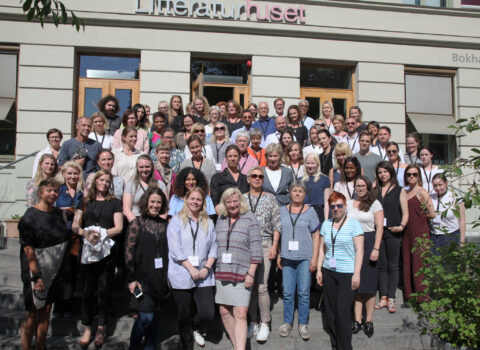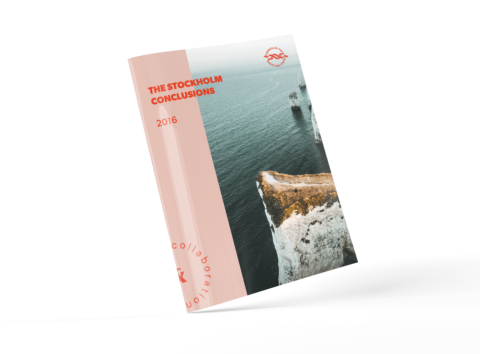PROTECT Children on the move began as a CBSS initiated regional consultation processes. Several hundred officials and professionals in child welfare and protection, social and health care, law enforcement and the judiciary, education and immigration, academia, specialised organisations as well as children and young people participated in order to define concrete opportunities for achieving progress in the identification and referral of children at risk by emphasising basic child rights principles afforded under the UN Convention on the Rights of the Child.
The Guidelines and Handbook on Promoting the Human Rights and the Best Interests of the Child in Transnational Child Protection Cases
The outcomes of phase one of the PROTECT project included a set of Guidelines for Promoting the Human Rights and the Best Interests of the Child in Transnational Child Protection Cases. The Guidelines are based on the UN Convention on the Rights of the Child and give advice on how practitioners can work across both cross-sectoral and cross-national lines with the child’s human rights and best interest perspective as a common baseline. The Guidelines are accompanied with a practical guide for caseworkers and case officers. A (now decommissioned) Wikipedia portal was also developed and launched as part of this phase of PROTECT.
Trainings on the Guidelines
Phase two of the project delivered training on the Guidelines described above to increase the capacity of professionals responsible for handling transnational child protection cases. Participants included law enforcement officials, child welfare officials, NGOs, and child rights advocates in the Baltic Sea Region. Discussions focused on how to identify, protect and eliminate the risk of exploitation and trafficking for children on the move. Experts in trafficking in human beings from Latvia, Estonia, and Lithuania contributed to the trainings. Additionally, an addendum to the Guidelines was developed to reflect the rapidly changing migration trends during 2016.
Listen Up! – Creating conditions for children to speak and be heard
Phase three arranged a series of workshops to discuss the identification and referral of children on the move who have been victims of exploitation or trafficking. Identification remains challenging not only because children may be exploited in hidden places but also because the child trafficking definition is complex and difficult to apply in practice. Identification is often guided by stereotypes, which could prevent the identification of child victims who do not fall into the groups typically considered to be victims of trafficking. Children themselves are often unaware of being in a process that ends in exploitation. For the child, official recognition as a victim holds opportunities for recovery. Given the complexity, the child’s story is the key to understanding what has happened, and interagency cooperation is essential to follow-up each individual case thoroughly.
The project featured a pilot of a storytelling method of hearing the child which was developed by the CBSS. The method was used to gather the recommendations and reflections from children who have been through challenging situations – thus enabling children’s voices to be heard on the expert and policy levels.
The Oslo Conclusions
PROTECT Children on the Move culminated with a regional expert conference on hearing the child’s story. The conference adopted the Oslo Conclusions on Identifying Children at Risk of Exploitation and Trafficking, and launched the report Listen Up! – Creating conditions for children to speak and be heard.
The Oslo Conclusions were presented at the Oslo Conference on Identifying Children at Risk of Exploitation and Trafficking, organised by the Council of the Baltic Sea States with the support of the Nordic Council of Ministers on 29-30 May 2018. Hosted by the Norwegian Directorate for Children, Youth and Family Affairs, the Oslo Conference engaged 80 participants and high-level representatives from 12 European countries, inter-governmental and regional organisations and the United Nations.
Phase one of the project received co-funding from the European Union, with partners from the Latvian State Border Guard, the Stockholm Social Emergency Center, and the Lithuanian State Child Protection and Adoption Service. Phases two and three received co-funding from the Nordic Council of Ministers.


